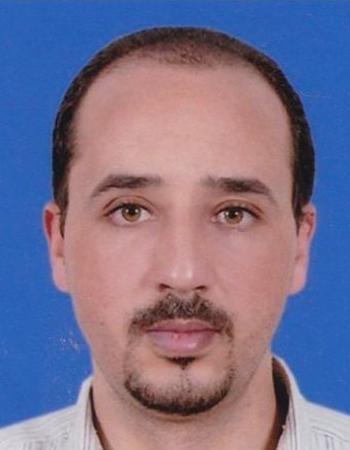Solar Annular Eclipse “Ring of Fire” - 26th December 2019; Saudi Arabia -
al., A. Elmhamdi et . 2020
Since ancient times, Solar eclipses are considered to be fascinating natural phenomena during which the Moon obscures fully or partially the Sun’s disk. Annular eclipses are relatively rare, and occur when the Moon covers the Sun's center, leading to a visible brilliant Sun’s outer edges with a magnificent annulus ring-shaped, dubbed also “ring of fire”. Here we report some observational data of the annular last solar eclipse of the decade, 26th Dec. 2019, which began primary in Saudi Arabia, visible along a narrow path in other countries in the globe Eastern Hemisphere. Our observations are taken from the major urban region in the Al-Ahsa oasis in the eastern province of Saudi Arabia, located on the centre eclipse path line, namely in the Al-Hofuf city (at the Four Mountains desert area). The annularity occurred at sunrise and last roughly 3 minutes, immersed in a sandy horizon, making the view of the events particularly exceptional and attractive for astronomers and sky-watching enthusiasts.

للتعرف على أغلب الأبحاث والمنشورات العلمية للدكتور أبوعزة المحمدي يرجى الرجوع للسيرة الذاتية، و كذلك زيارة الموقعين التاليين
…

We study the evolution of the sunspots in the recent super active region NOAA 11429, which spawned a
powerful X5.4/3B flare on March 07, 2012 (2nd on record occurred since 2010), associated…

Since ancient times, Solar eclipses are considered to be fascinating natural phenomena during which the Moon obscures fully or partially the Sun’s disk.

